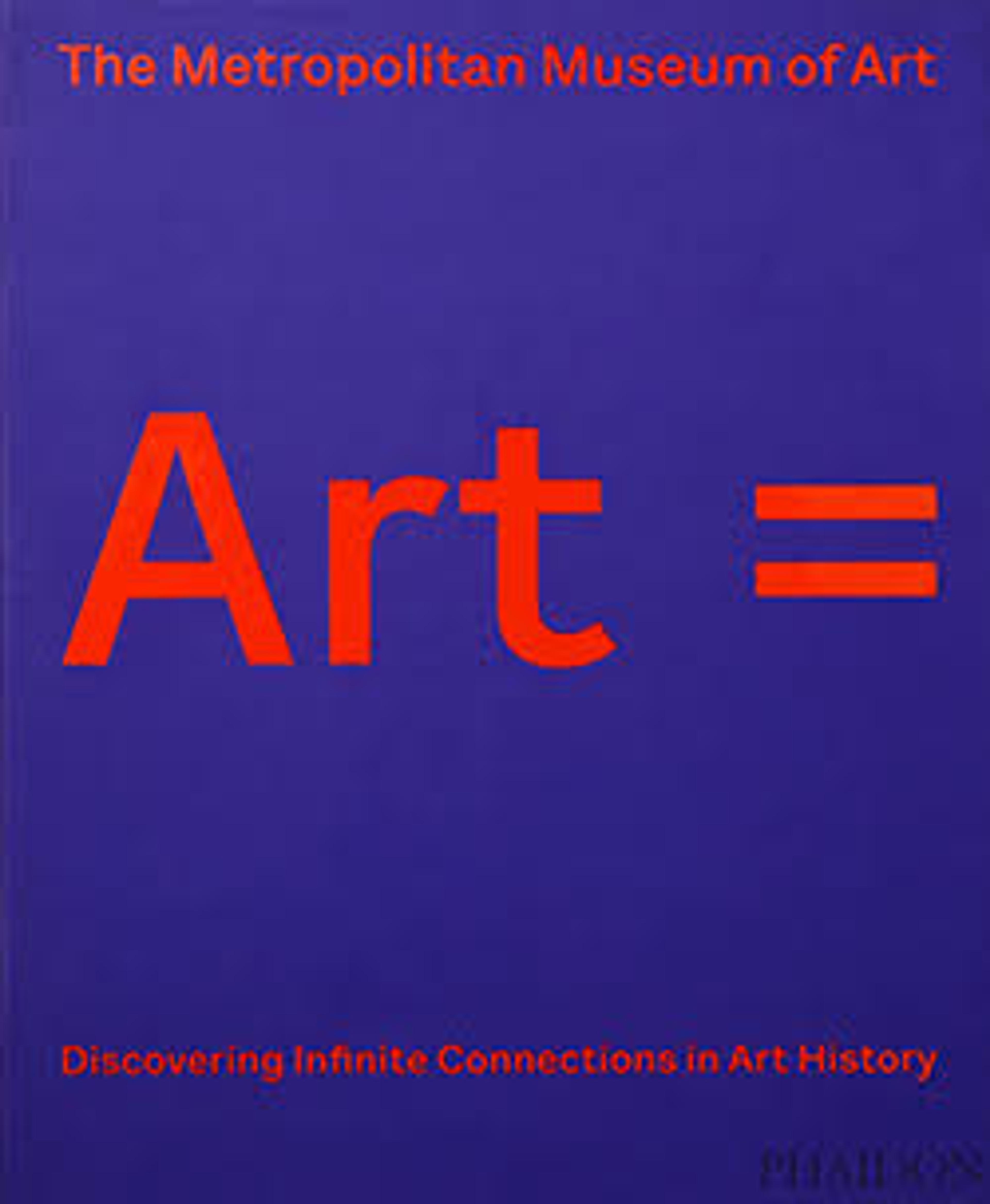The Emperor's Carpet
Artwork Details
- Title:The Emperor's Carpet
- Date:second half 16th century
- Geography:Attributed to Iran
- Medium:Silk (warp and weft), wool (pile); asymmetrically knotted pile
- Dimensions:Rug:
L. 299 in. (759.5 cm)
W. 133 1/2 in. (339.1 cm)
Wt. on a 10" tube: 144 lbs. (65.3 kg) - Classification:Textiles-Rugs
- Credit Line:Rogers Fund, 1943
- Object Number:43.121.1
- Curatorial Department: Islamic Art
Audio
6663. The Emperor's Carpet, Part 1
NARRATOR: Unrolled before us on this platform is a show-stopper; the magnificent “Emperors’ Carpet.” We’re joined here by Sheila Canby, Head of the Islamic Department, and Islamic Art consultant Walter Denny:
SHEILA CANBY: Walter, could you explain how this carpet, the Emperors' Carpet, got its name?
WALTER DENNY: The story goes that these carpets were involved in the past with both the Emperor of Russia, Peter the Great – and that Peter the Great may have given them as a gift to the Emperor, that is, the Hapsburg ruler whose seat was in Vienna. And the carpet of course, when woven, had nothing to do with either of these Emperors. These carpets were woven in Central or East Persia, probably in the reign of the great Persian King, Shah Tahmasp, in the 16th Century.
SHEILA CANBY: The interaction between levels of ornament is one of the great, mesmerizing, traits of this type of carpet. But I think… the animals in the carpet are the most charming details, and particularly these crouching cheetahs. They’re hunting.
WALTER DENNY: And in the border, instead it's the flowers of various sorts …little split leaves that are sort of Y-shaped, lots of curling vines. And tiny animal heads – little lions grimacing at you from the middle of some of the flowers. So that one could say that the center of the Emperors' Carpet tends to be a little bit more literal, showing the animals engaged in combat. And in the border they're a little more fanciful, combined with the vegetation to form a very distinctively Persian, sophisticated floral-animal arabesque.
NARRATOR: The conversation continues, with Walter Denny and textile conservator Florica Zaharia speaking about the work that went into getting this enormous carpet ready for display. Press PLAY to hear it.
Listen to more about this artwork
More Artwork
Research Resources
The Met provides unparalleled resources for research and welcomes an international community of students and scholars. The Met's Open Access API is where creators and researchers can connect to the The Met collection. Open Access data and public domain images are available for unrestricted commercial and noncommercial use without permission or fee.
To request images under copyright and other restrictions, please use this Image Request form.
Feedback
We continue to research and examine historical and cultural context for objects in The Met collection. If you have comments or questions about this object record, please contact us using the form below. The Museum looks forward to receiving your comments.
